
Of the 11 educational institutions in Izium, four are more or less intact.
The entire heating system of the Lyceum was cut off by the occupiers who lived in the basement.
Lyceum No. 11 in the ruined town of Izium in the Kharkiv region is one of the four institutions that “more or less survived”, according to staff and local authorities. This is in contrast to the others, which were completely destroyed. The Lyceum was the first to be rebuilt. Staff and utilities cleared and removed tonnes of rubbish while contractors installed windows and a new roof.
Izium officials told Ukrinform journalists what the facility looks like and what its prospects are.
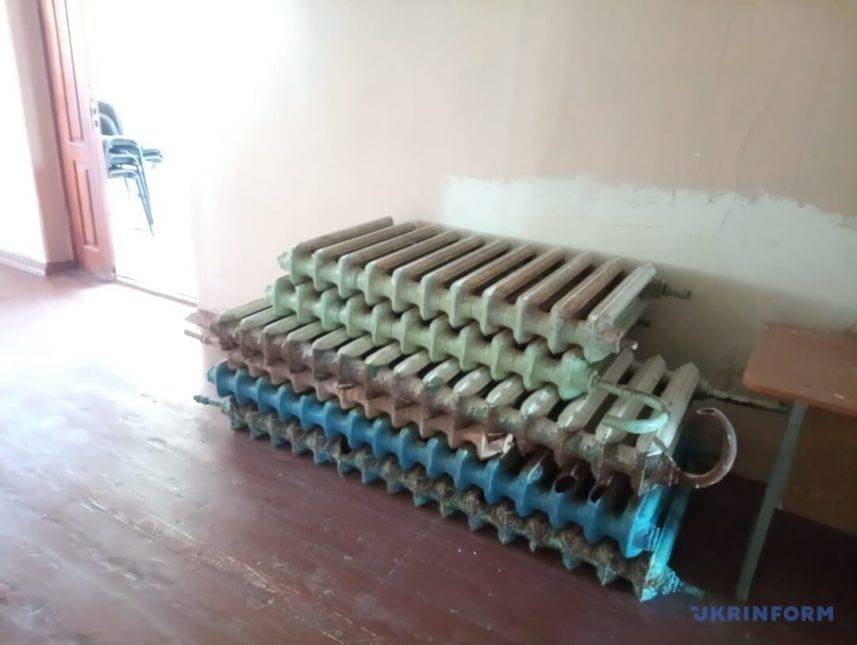
The occupiers cut the batteries and prepared them for removal
The building of Lyceum No. 11 was damaged in the first week of the full-scale invasion. At the beginning of March 2022, when the invaders had partially captured the city, Russian soldiers moved in.
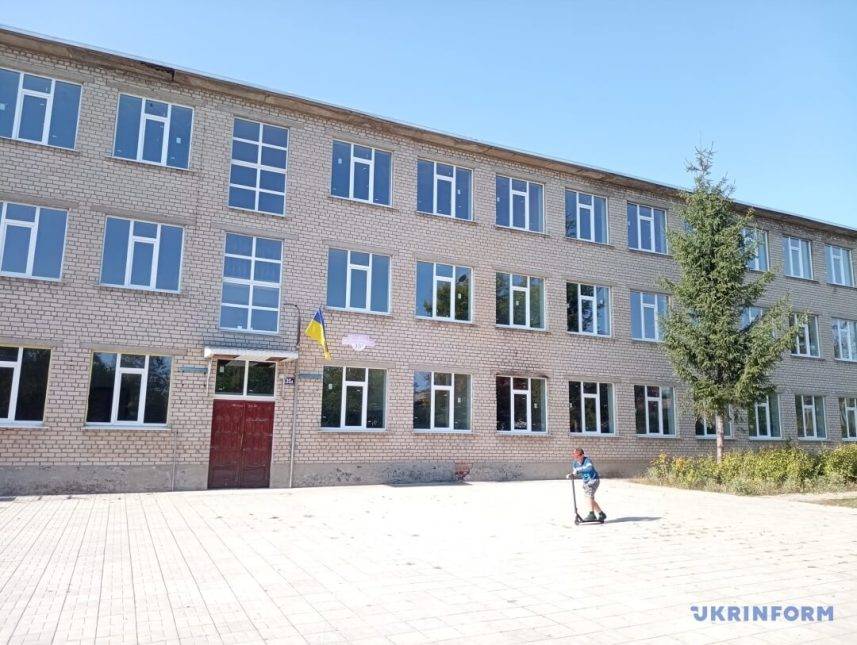
Director Olena Andrushok shows the building with both sadness and optimism:
“I understand that it’s not a ruin like other schools, but all the premises are in such a state that it’s impossible to study. The building is certainly not what it was a year ago. The roof is being repaired and all the windows have been replaced. But there is still a lot of work to be done.”
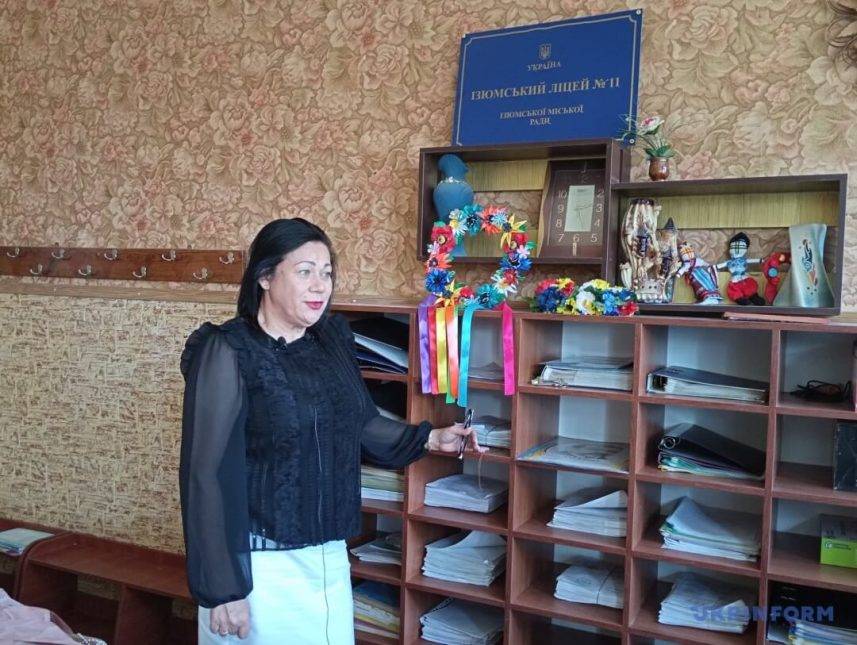
Olena Andrushok is a graduate of this institution, it was her first job before entering the Pedagogical University, and since her third year, when she moved to a part-time department, she has not left these walls. She has been the director for eight years.
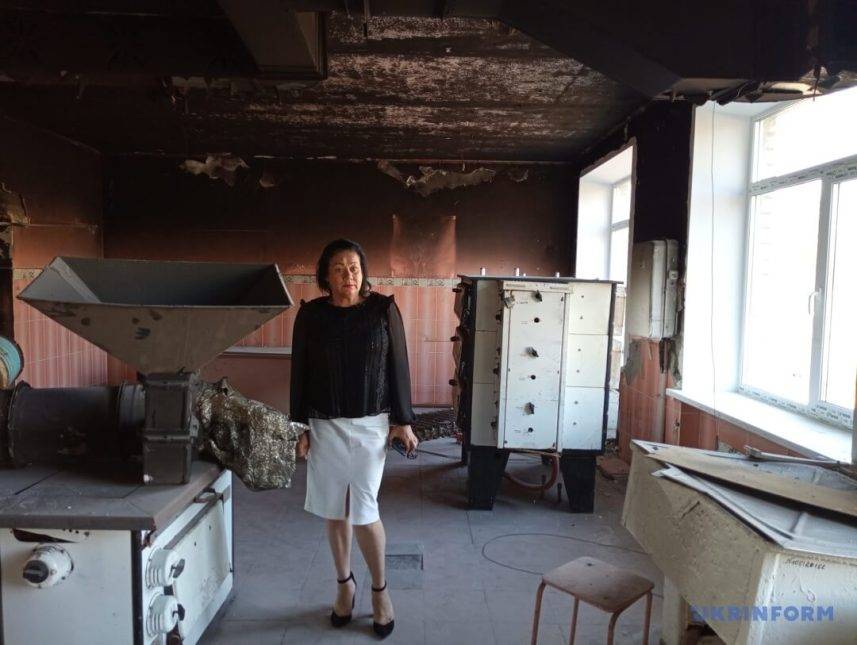
“The premises need to be repaired after the occupation. It is impossible to describe what I saw after the liberation of the town… There were no doors, they were torn off and dragged into the trenches to walk in the mud. They did the same with the desk tops. They tore up the linoleum in the offices and laid it in the basement, where they set up their two-storey bunks and lived,” says Olena Andrushok.
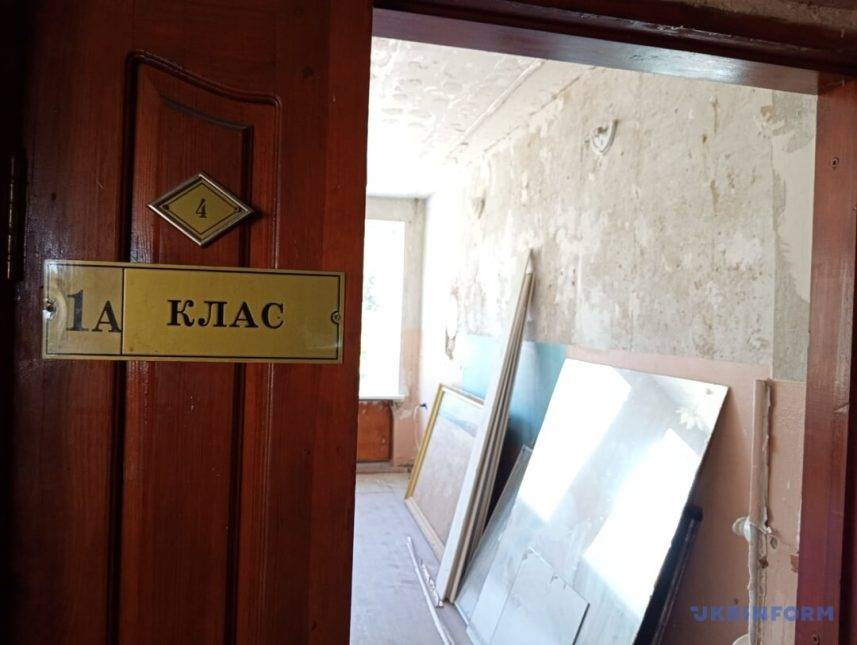
Apparently, the invaders stole all the computer equipment. Ukrainian textbooks were taken.
But most of all, the heating system was destroyed. First, it froze because the Russians destroyed the boiler room with air strikes. And after entering the school, the occupiers cut pipes and batteries all over the three-storey building.
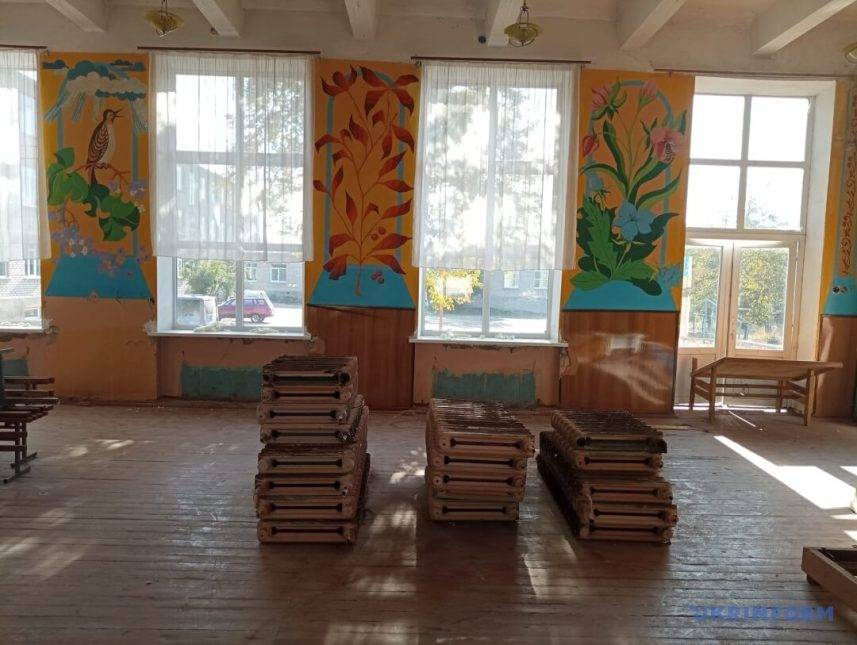
“They stacked them neatly. Obviously, they wanted to sell them for scrap metal and make money. They didn’t have time. There is no other explanation,” said the director.
The Lyceum’s canteen, which had been renovated a few years before the invasion, was completely destroyed.
“There were new tiles on the walls and the floor. So much equipment was replaced!” Olena sighs.
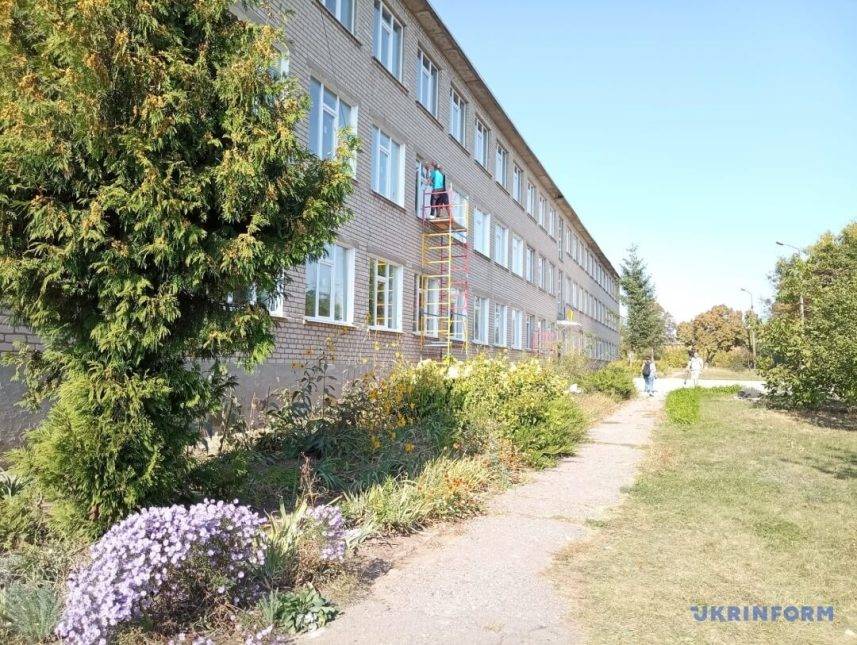
Institutions in Izium are merged and renovated
Before the war broke out, there were 460 children in school, now there are 743, of which 420 stay in Izium.
Since half of the schools lost their buildings, the educational institutions in Izium are being merged. In the future, after major repairs, children will be able to study offline.
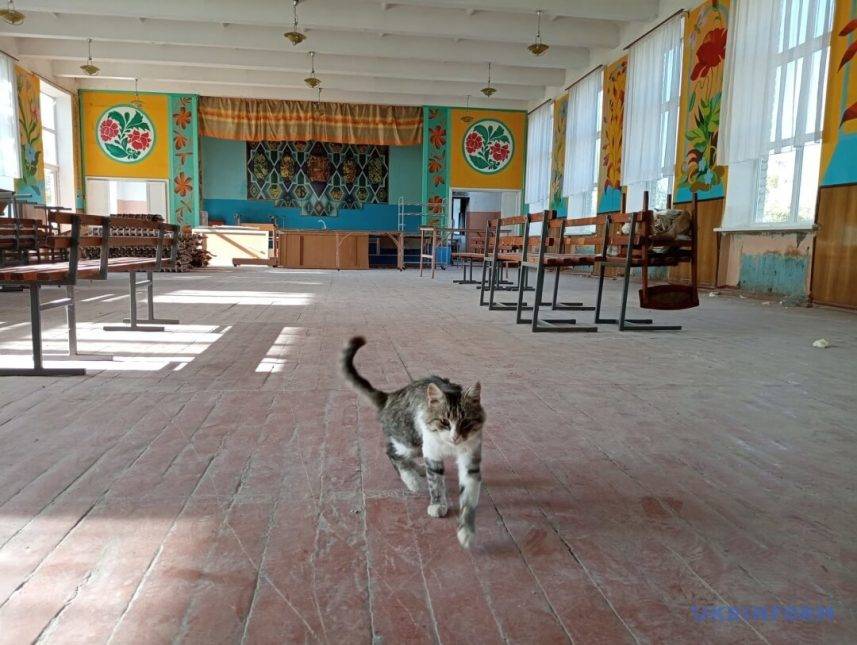
“We have been merged with Lyceum No. 12. The number of teachers has increased from 35 to 60. Almost all the teachers have returned to work, some stayed in other regions or European countries, but all of them teach online,” says Olena Andrushok.

Valeriy Marchenko, head of the Izium Town Military Administration, notes that Lyceum No. 11 is the first educational institution in the town to be renovated.
“The funds have been raised from various sources: the town and regional budgets, as well as grants from the European Union. We plan to finish all the work by the end of this year,” says Valeriy Marchenko.

Peter Wagner, Director of the EU Service for Foreign Policy Instruments, and Rolf Holmboe, Head of the EU Advisory Mission to Ukraine, recently visited Izium. The European officials discussed with local community leaders the main challenges of the current heating season, de-mining and rebuilding schools.
“We are here not only to make an initial needs assessment and explore how we can help in the region, but also to show our deep respect and support for the Ukrainians – for the challenges you have faced, the sacrifices you have made, the work you are doing and the progress you have made. This is a truly heroic effort to liberate Izium and other Ukrainian territories. And we will continue to support you in this struggle,” Peter Wagner said.
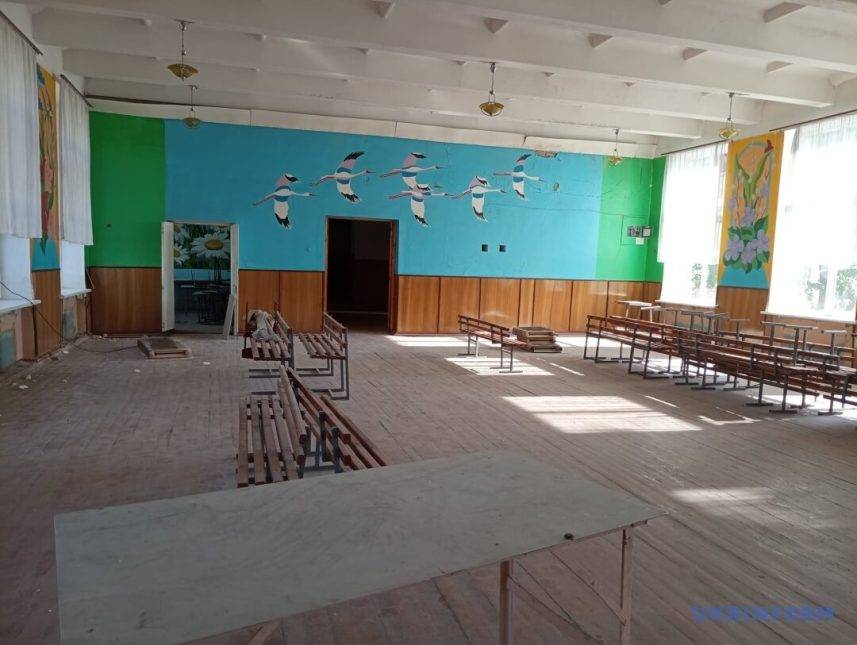
Rolf Holmboe said he was impressed by the way the town was stabilising its living conditions and preparing for reconstruction.
“We plan to increase our support to both the central government of Ukraine and local communities. And this will also apply to the areas that will be de-occupied in the future,” Holmboe added.
The Head of Izium Town Military Administration hopes that the European Union will help the town, in particular with the reconstruction of schools and the construction of bomb shelters in educational institutions.
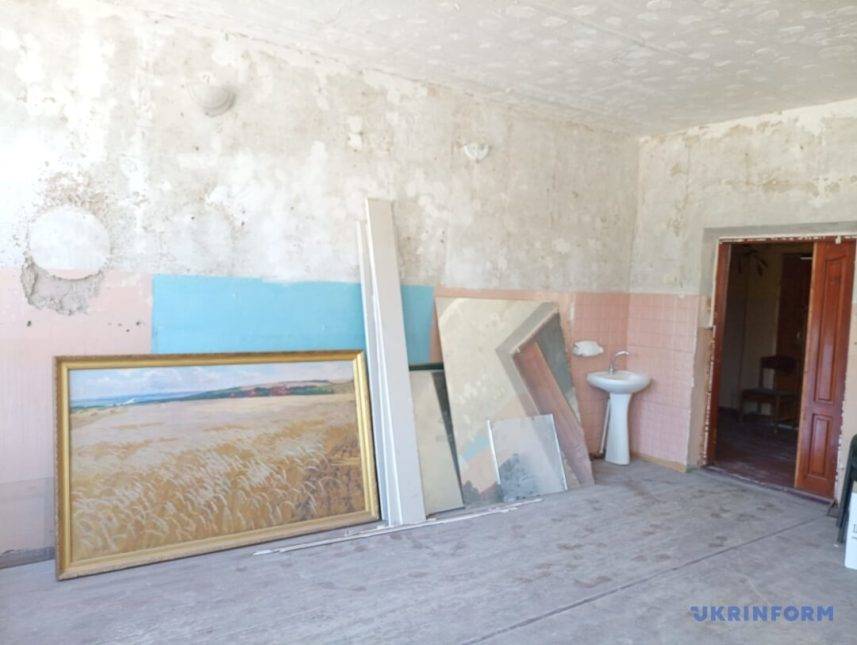
“Of the 11 educational institutions we had before the war, only four are more or less intact and are not in very good condition. We cannot rebuild them on our own. Bomb shelters remain a problem because our institutions do not have them. Organising a safe space for learning is a crucial task,” says Marchenko.
We need at least 200 million UAH to rebuild the four lyceums. This does not include new furniture, materials, and equipment.
Yulia Bayrachna, Kharkiv – Raisin
Media, Publications
-
Deputy Ambassador of the EU on enlargement, reforms and €190 billion in support
-
EU membership in 2030? Deputy Ambassador of the EU answers students’ questions
-
How does the EU take decisions on Ukraine? Subsidiarity, unanimity and consensus among 27 countries
-
What reforms does Ukraine still need to join the EU? Deputy Ambassador of the EU answers
-
How can Ukrainian students become more involved in EU programmes and projects? Deputy Head of the EU Delegation answers
-
Are there alternatives to European integration if the road to the EU is long? Deputy Ambassador of the EU answers